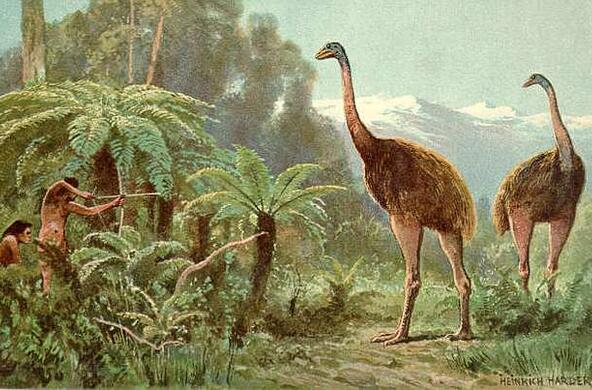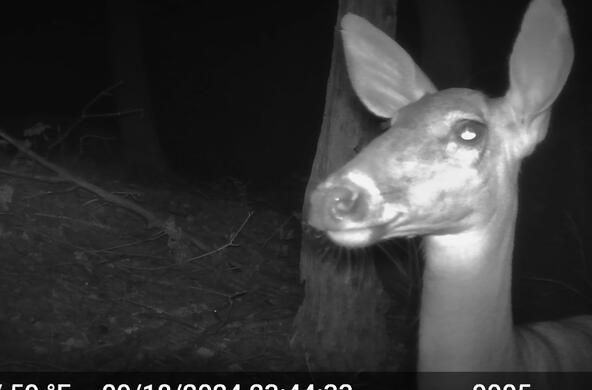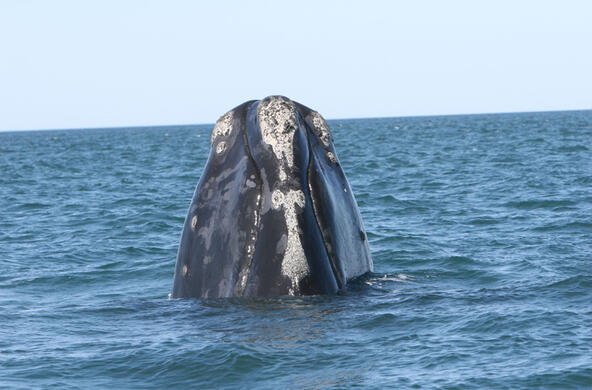The number of species in a given area, what is often called alpha diversity or species richness, sounds like it would be easy to measure. Make a thorough survey of an area in question and add up the number of species you encounter. But, when I was a teenager trying to make a list of butterflies in our suburban yard, I found this wasn’t at all easy. One might count the butterflies with diligence, only to find a new one the next day.
This exercise is non-trivial, as oftentimes an environmental impact statement must indicate the number of species that would be affected by a development project.
Ecologists have tried to approach the problem of alpha diversity with cumulative species counts: keep adding species to the list until the rate of new additions drops to low levels, perhaps remaining the same for a long period of time. In Maine, where we have been censusing birds on 60 acres of property, we have “leveled” off at 158 species after 15 years. For plants the number is 225, for fungi about 80, and for butterflies 42. Those are probably good estimates of the alpha diversity of each group, although it is possible that we will find a new species on the property tomorrow.
Of course, time is often of essence in the preparation of environmental impact statements. One might make an estimate for butterflies in a month or so, but fifteen years for birds would be laughable. A number of years ago, ecologist Frank Preston offered a way to estimate alpha diversity using a single, intensive study of nature. One would produce a list of species and the number of individuals encountered, and then group them into “octaves”—the number of species represented by 0-2, 2-4, 4-8 individuals and so on. The resulting data often took the shape of a log-normal or bell-shaped curve. Most species don don’t have many individuals and a few species have lots, viz.

Usually, these curves were truncated at the left, at what became known as the veil line. Assuming the curve was actually symmetrical, one could estimate the number of species missing from the field sample, by filling in the left-hand side of the curve to make it symmetrical. In the example, there would seem to be about 5 species whose individuals were too rare to be found in the field sample. Adding those to the species actually counted—here 110—would result in a good estimate of alpha diversity. Humorously, Preston called the species left of the veil line—the invisible birds—those that are present at the site, but not seen by even a careful observer.
Reference
Preston, F.W. 1979. The invisible birds. Ecology 60: 451-454.







